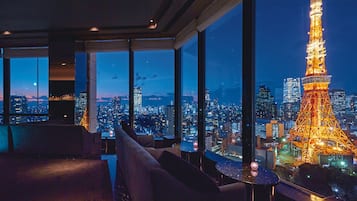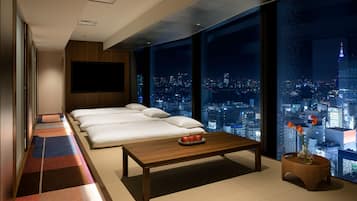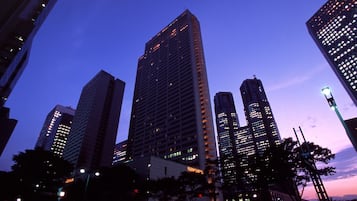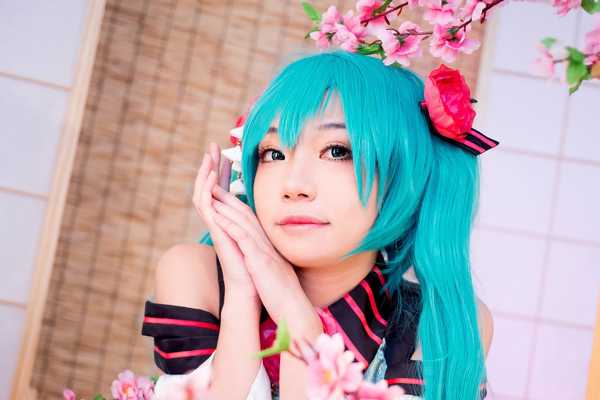Japan is a place with strong social rules that first-time visitors might find surprising or even quirky. But it’s a good idea to follow along if you want to make a positive first impression and get a glimpse into Japanese culture in Tokyo.
While foreign visitors aren’t expected to know all of these faux pas, it will help you navigate Tokyo if you’re aware of what not to do on your next trip.
- 1
Don’t arrive late
Punctuality is highly respected in Tokyo

The Japanese are incredibly punctual in all aspects of life. This is most important when it comes to work, but you should pay attention to this fact when it comes to dinner reservations, leisure activities and public transport plans.
People work so hard to appear punctual there is a thing called a ‘train delay certificate’ (densha chien shoumeisho), which is given to passengers on trains or buses if there is a delay of any kind. Passengers can then use this certificate to prove their late arrival was the fault of the transport company.
- 2
Don’t tip at restaurants
Costs are all factored in

Tipping is uncommon in Japan and can even be considered rude in some situations. The level of customer service is exceedingly high in Tokyo, and this is factored into the cost of goods and service, so nothing extra is expected.
To show your appreciation, a simple “arigato gozaimasu” (“thank you very much”) will suffice. If you do want to give a tip, it’s a better idea to put it in an envelope rather than pass it from hand to hand.
- 3
Don’t make phone calls on the train
Keep it on silent mode

The train network connects every corner of Tokyo and will likely be your main mode of transport, so it’s a good idea to learn about the dos and don’ts. Firstly, keep your phone on silent mode and try to avoid long phone calls that could disturb other passengers.
Other etiquette tips include not eating or drinking on the train in Tokyo and not leaving litter – although this is just as important off the train as on it.
- 4
Don't stand on the right side of the escalator
In Tokyo, people stand on the left

There’s no better example of how willingly the Japanese follow the rules than their use of escalators. As is customary in many cultures around the world, different sides of the steps are intended for people who want to stand and people who want to walk. But in Japan, this is done without exception. In Tokyo, the right side of escalators is for people in a hurry who want to walk up the stairs and don’t want to be slowed down.
However, if you travel south to Osaka, this convention is the opposite way around and the left side of the escalators is used for walking – don’t ask us why.
- 5
Don't take small children on the subway at rush hour
It gets very, very crowded

The subway is the main mode of public transport in Tokyo, especially for office workers. During rush hours, the trains can get incredibly packed, to such an extent that the train staff will give people a little push to get them inside the carriage.
While it’s fine for adults to join the throng, it’s not advised to take small children on the subway from 8 am to 9 am and from 5 pm to 6 pm during weekdays. This is less a point of etiquette and more one of basic safety. Take a cab or wait an hour for the crowds to subside.
- 6
Don’t turn up at Tokyo Skytree without a ticket
It gets very, very crowded
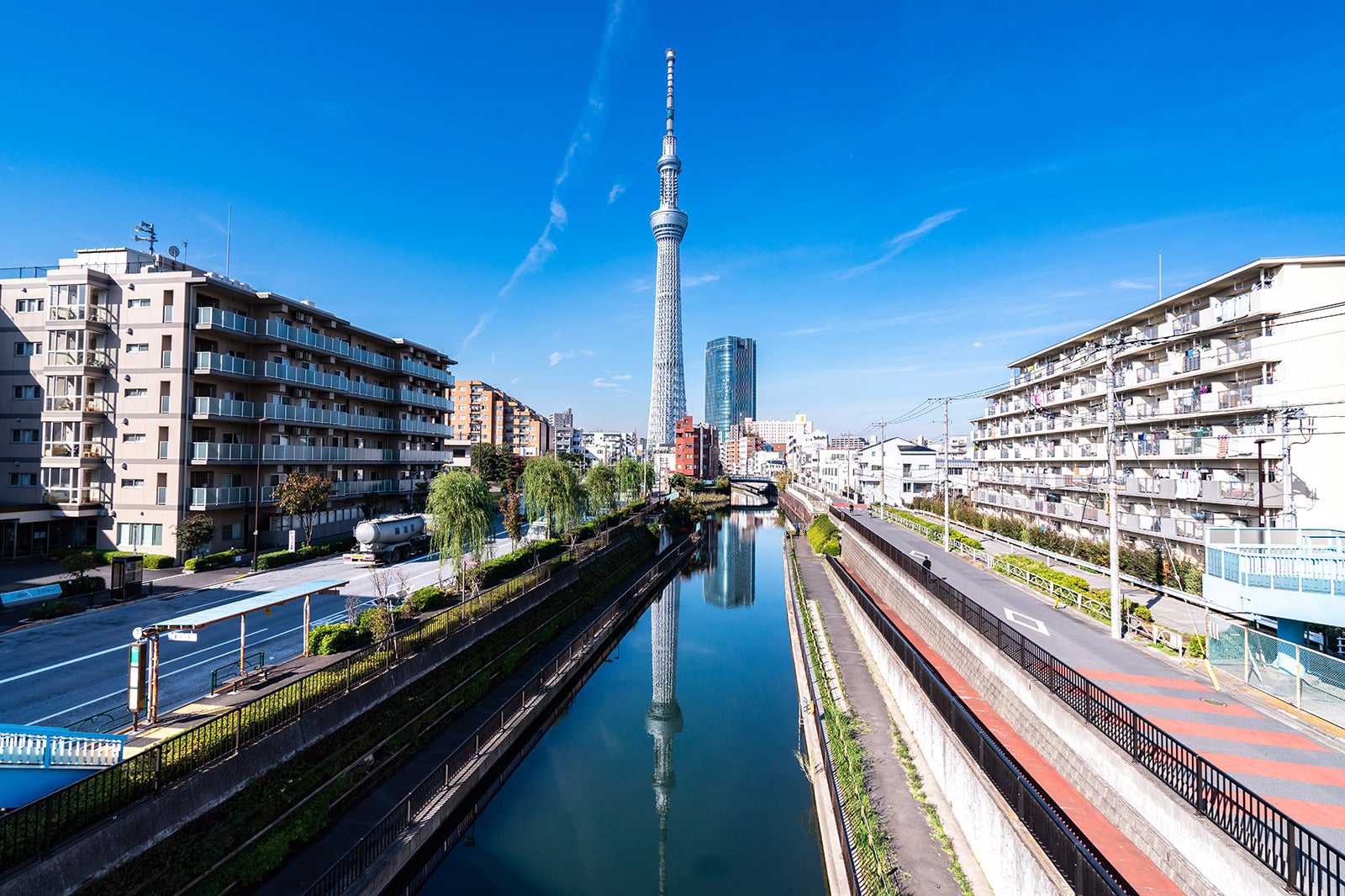
Tokyo Skytree is one of the most visited attractions in Tokyo, and as you can imagine, it gets extremely crowded. If you turn up without a ticket at peak hours, it’s possible you’ll have to wait for hours because there’s a limit on the number of people allowed up to the observation decks on either Floor 350 or Floor 450.
If you fancy treating yourself, have a meal at Sky Restaurant 634. The views from Floor 345 are just as special and you can take in the view while you enjoy Japanese-French fusion cuisine.
- 7
Don’t expect to find restaurants on the ground level
Look up… and down

In Tokyo, there’s an incredible number of restaurants, cafés, bars, and izakayas occupying the skyscrapers that are scattered throughout the city. If it’s your first time here, finding your intended eatery can be tough because they’re more likely to be off ground level. Instead, expect them to be either up on higher levels or down on the basement levels.
- 8
Don’t wear your shoes on tatami mats
Keep things neat and tidy

In many cultures, taking off your shoes before you enter a house is common practice, and it’s absolutely expected in Japan. It’s also true when you step on tatami mats at restaurants or hotels – it’s considered rude to step on tatamis with shoes.
Typically, you’ll find a shoe rack and a row of slippers intended for indoor use close to where you should take your shoes off.
- 9
Don’t pass food from one set of chopsticks to another
Use a plate instead

Passing food from one set of chopsticks to another is frowned upon in Japan. That’s because it imitates part of funeral rituals when the bones of loved ones are passed after the cremation ceremony. It’s much better to place food on a plate.
Other chopsticks-related faux pas to avoid in Tokyo include using the utensils like drumsticks and sticking your chopsticks upright into your food.
- 10
Don’t wear swimwear in an onsen
It’s normal to go au naturel

Onsen (hot springs) are public bathhouses where you can go to clean your body and relax in the geothermally heated water. This practice is much loved in Japan, but you should follow the rules if you want to enjoy it too.
Onsen are separated by gender, and no one wears swimwear – it’s completely normal in an onsen in Tokyo. It’s also important to clean your body thoroughly before you enter the hot spring. Not to do so would be discourteous to other bathers.







